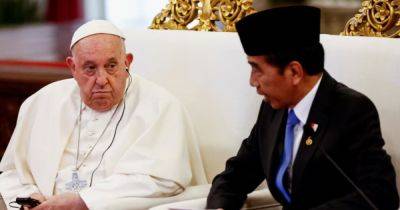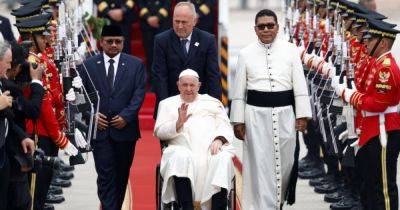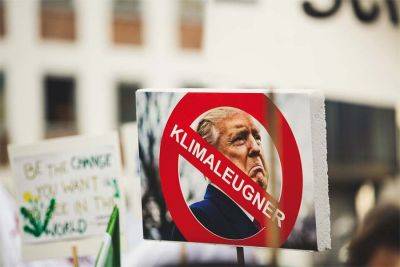Alternative energy sources need developing to reduce Indonesia’s LPG imports
September 4, 2024
JAKARTA – The government launched an extensive program in 2007 to replace kerosene with liquefied petroleum gas (LPG) as the primary cooking fuel in homes. This kerosene-to-LPG conversion program was initiated with two goals in mind: first, to divert kerosene as an unsustainable target of government subsidies and second, to use kerosene for more worthwhile purposes, such as in aviation fuel.
The program has met most of its immediate objectives. As a result, homes in almost all regions nationwide now use LPG instead of kerosene.
Although the initiative succeeded in reducing kerosene consumption, it also had unforeseen implications, most notably a large increase in imported LPG, which has created new difficulties for Indonesia’s energy security.
The country has averaged around 2 million metric tons per year in domestic LPG production between 2019 and 2024, which is relatively steady. On the other hand, demand has increased dramatically from 7.8 million metric tons in 2019 to an anticipated 8 million metric tons by 2024.
LPG imports have also increased to close the widening gap between domestic production and consumption, yet this trend poses a threat to Indonesia’s current account deficit.
This raises the question of whether the kerosene-to-LPG conversion program is actually sustainable. Reducing kerosene subsidies was the program’s immediate goal, but it didn’t solve the fundamental problem of energy self-sufficiency. Rather, it just moved the problem from one fuel to another.
Despite significant domestic production, going back to kerosene is not a practical solution. LPG is widely accepted among the public since it is clean and convenient, and LPG stoves require little upkeep.
Furthermore, returning to







